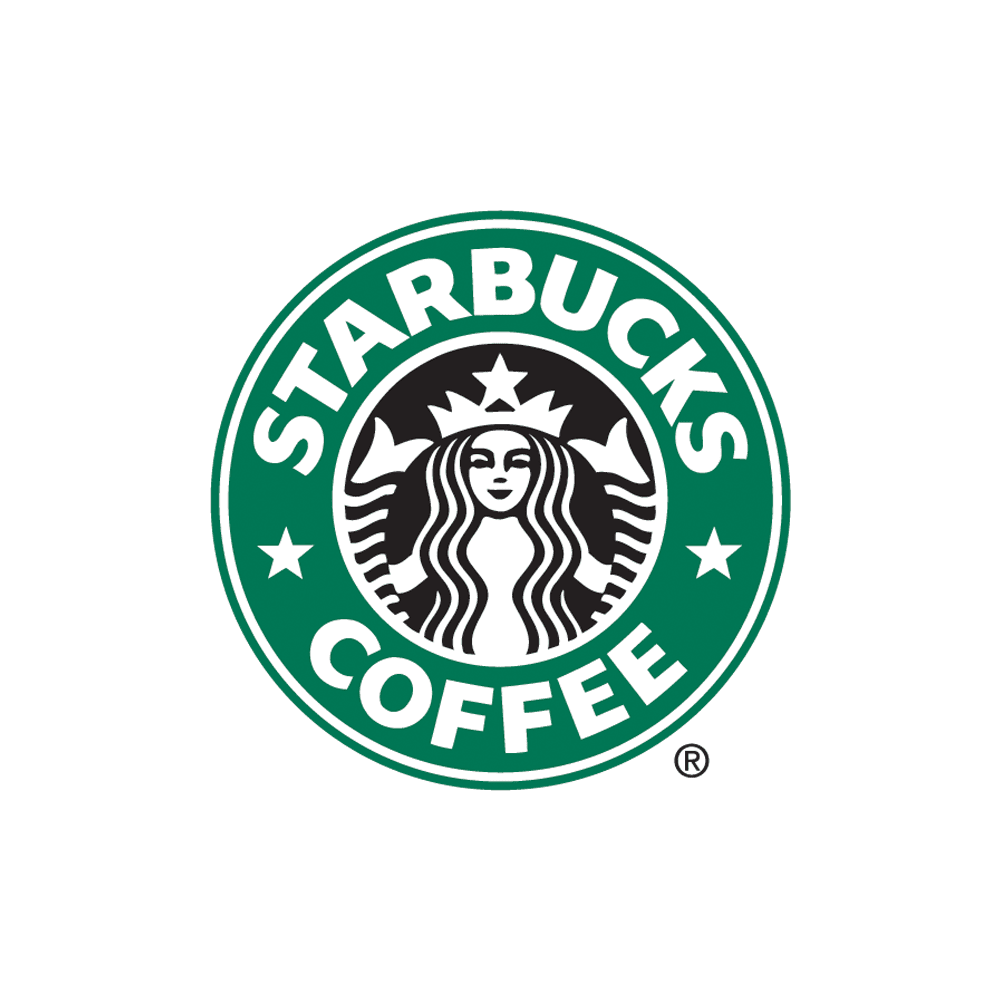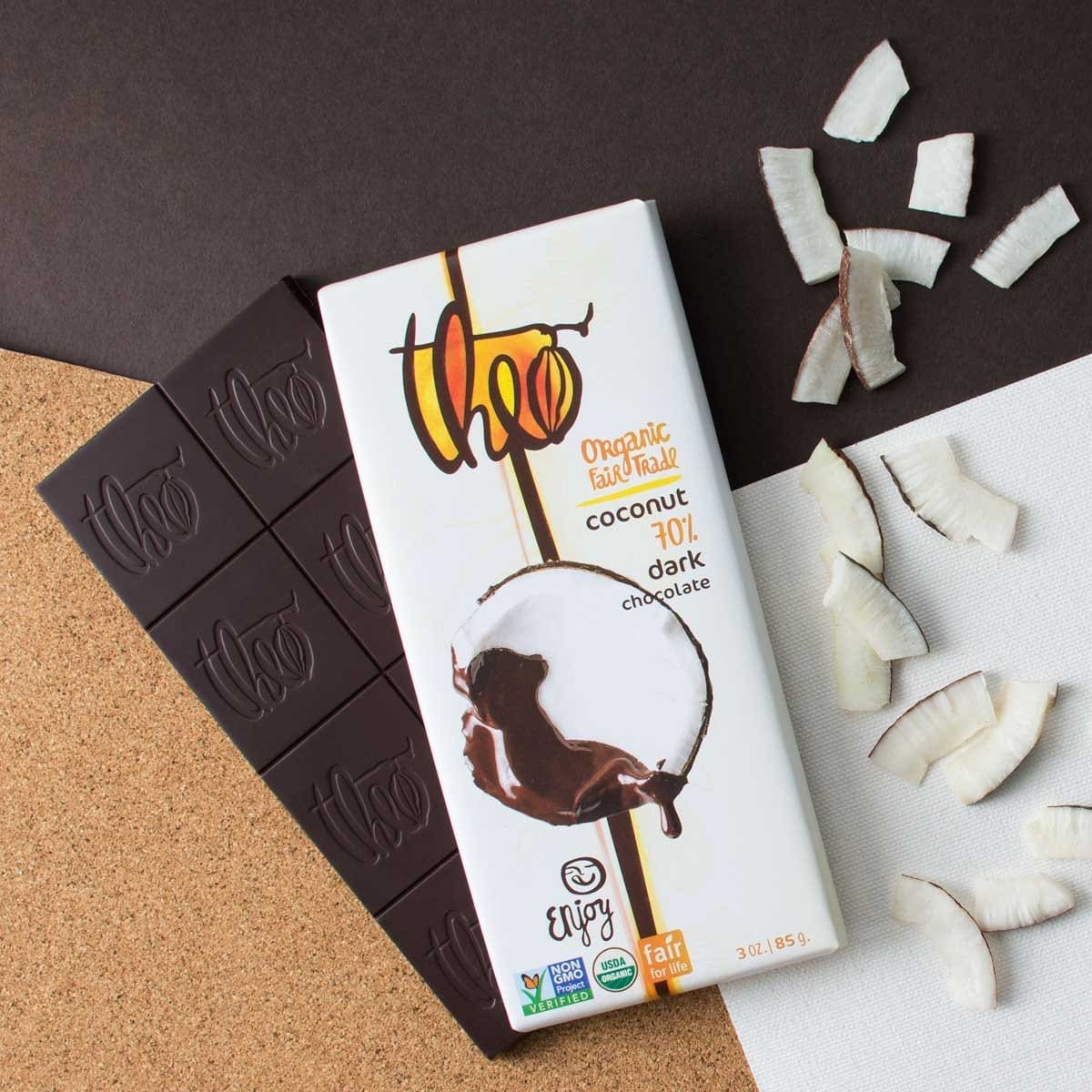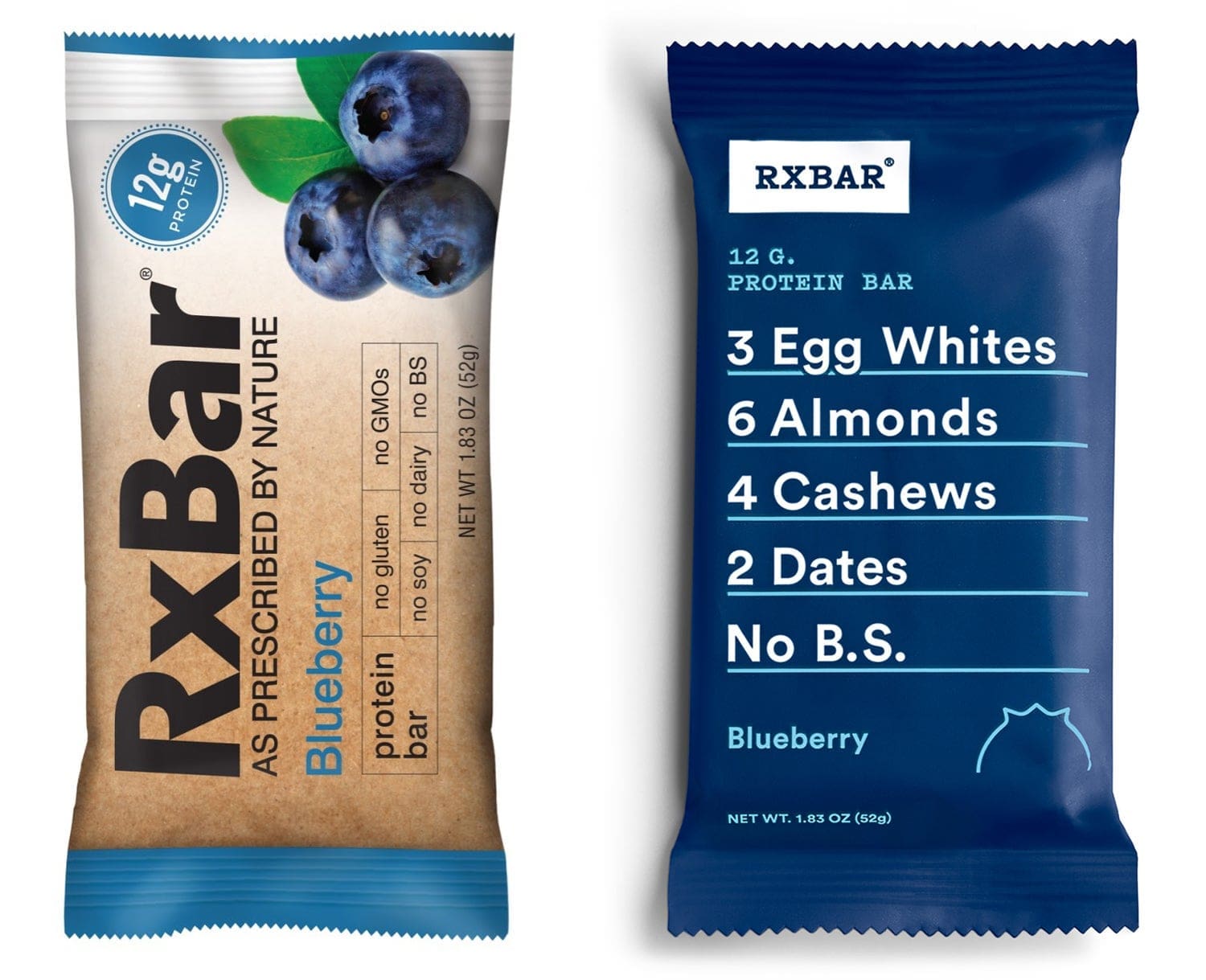One of the most interesting parts of being a futurist is hearing questions about when and at what rate the future will be ubiquitous. Everybody wants to know – before anyone else – what the future will look like. Everyone also wants to know how soon that particular future trend will have mass appeal. Having heard these impossible demands for the future, it’s worth asking: Is initial mainstream appeal required for an innovation or product to be adopted by the masses? Is that a precondition or a necessary driver for success in the contemporary marketplace?
Here, we look at prominent brands and use their stories to discuss ways they have facilitated and maintained the attention and affection of the masses without any initial mass appeal:
Starbucks

Game of Thrones

Theo Chocolate

RXBAR

Supreme

What does it mean?
Brands or new products do not need mainstream appeal as an initial criteria or a pre-launch requirement to warrant broader success in the marketplace. There are other strategies for brands and innovations to gain the affection and attention of the “mainstream consumer” without initial mass appeal.
The persisting concern of companies regarding whether “trend X” would have mainstream appeal locks teams in a closed loop of chasing trends and “what is next?” discussions. Brands that continuously pursue “mainstream attention” ignore the differences among consumers and tend to connect consumer needs with the lowest common denominator, which results in leveling off the differentiation of the product. Putting mainstream appeal at the forefront also limits branding and marketing strategies: reducing the scope of branding to building awareness, the scope of marketing to consumer acquisition, and the role of digital strategy to conversion.
Critically thinking about mainstream appeal does not necessarily mean that every product has to adopt niche targeting strategies. However, the above examples illustrate that there is value in seriously considering targeting strategies, especially in the initial phases of products and services that are fitting tightly with the brand’s value proposition.
Here, we identify strategies along the different phases of the product life cycle:
Putting mainstream appeal at the forefront also limits branding and marketing strategies: reducing the scope of branding to building awareness, the scope of marketing to consumer acquisition, and the role of digital strategy to conversion.
You can’t make everyone happy
Shake off the urge and conditioned desire to be liked by the masses. Undifferentiated mass marketing is not a good option even for commodities like salt, water or electricity anymore. The role of the innovator or new product designer is not about finding the product with the right features that will address the least common denominator of consumer needs in a loosely defined marketplace. In a highly fragmented marketplace, marketing strategies should be based on a deeper understanding and capability to solve evolving needs, desires and anxieties of well-defined market segments. The foundational success of the brand hinges on the challenge of building a well-fitting value proposition for this well-defined target market. That initial tight market fit is the foundation of a strong brand that emanates to the future success of the particular brand.
Mainstream is a growth strategy, not a launching point
Mainstream discussions should be part of the growth phase and shape the strategies of market penetration and market development. In this phase, brands need to devise their roadmap about how to scale and how to resonate with the larger consumer bases. The right growth strategy is about building on the success of the initial market fit with the original target market that would radiate enough authenticity or value to attract other segments to come on board. With the exception of viral or fast-scaling products or services, mainstreaming is a process with multiple stages of adding the right segments and markets in the right order.
During the growth phase, Starbucks expanded awareness and adoption through a diverse consumer acquisition process of adding several segments of consumers via various channels. This included non-coffee house channels like airports and grocery stores and non-coffee products like Frappuccinos and other mechanisms such as gifts cards.
Similarly, Game of Thrones not only reached its audience base, but built it. The popularity of a TV series is a process and it builds up as the show adds layers of different consumer segments, including hardcore fans and binge consumers with varying engagements.
Managing constituencies rather than managing masses
We look at several brand categories at their maturity phase and assume that it is their initial mass appeal that has helped them to attract a broader consumer base. What is often overlooked is the process that has warranted the awareness and affection of the mainstream market to these services. The early phase identifies the right segment that will be the right fit for the value position of the brand. The growth phase adds segments at the right time and in the right order, and the maturity phase manages the different constituencies surrounding the brand.
Starbucks grew and scaled in many different ways attracting several different markets that had various sets of expectations from the brand. At its maturity phase, Starbucks had to manage multiple constituencies with varying and often conflicting expectations of the brand. The original segment wanted to linger in stores, interact with baristas and enjoy artisan customized drinks that take longer time to prepare, as opposed to later segments that want to grab their coffee and leave quickly during the AM commute without the hassle of lines and extended interactions with baristas.
Similarly, after attracting a global audience, Game of Thrones still had to provide some value for the original segment of the “Dungeons & Dragons types” but also take the expectations of the different fan groups into consideration.







































